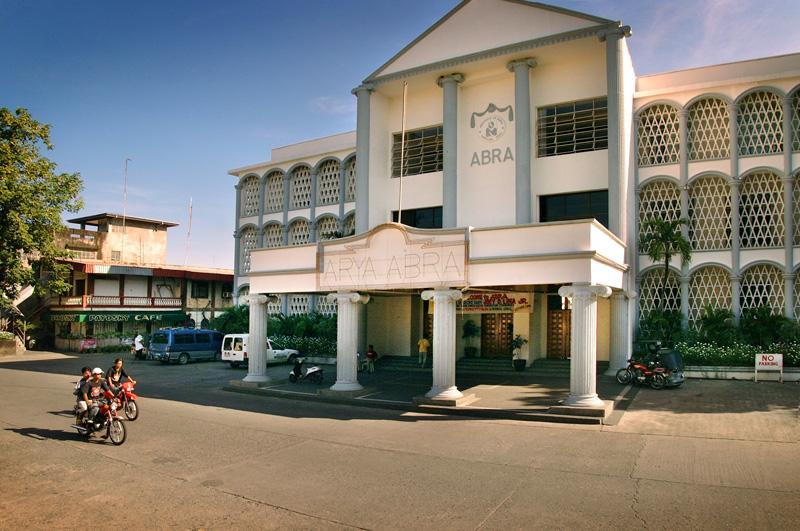
The province may not be on top of your list of tourist attractions, but believe me, it holds some of the most interesting sites and places that entice many tourists.
Abra, like the other provinces in the archipelago, offers many tourists and travelers a pleasure that only nature can afford to give. It is easily overlooked as a tourist destination and seldom would you see tourism write-ups about the place. However, the transformation of the province has been enormous when it comes to the growth of trade, business, and tourism of the place.
Wow Abra!
Abra is the biggest land area in the region, hemmed by towering mountains from Ilocos in the western part and the Cordillera in the east. Bangued, its capital, is the largest and perhaps best-known municipality in the town. Its rich cultural inheritance is dominant of Spanish ancestry in the lowlands and Tingguian Tribe in the uplands. Ilocano is the main language of the townsfolk, while Itneg and Tagalog are secondary, with some other tribe dialects spoken in few barangays.
The province possesses the most number of municipalities and barangays and has an impressive variety of natural wonders and countless forest products and minerals such as gold, clay, guano, rock phosphate, and cement raw materials.
The Philippine’s Natural Dye Capital!
Why is the province of Abra dubbed as the “Philippine’s Natural Dye Capital”? The reasons is it's a home to a different variety of plants from which natural dyes are extracted from their barks, roots, leaves and fruits. These helpful dyes are used in cosmetics, furniture, food and beverages, pharmaceuticals, and fabrics to help improve the economy. Their use in native textiles also encourages loom weaving and embroidery industries to flourish. Other uses of dyes are included in crafts from bamboo and rattan industries that give a lot of percentage in the industry of the province.
Take Home Abra!
The man-made woven cloths colored with organic dyes and the handcrafted jewelries are suitable for souvenirs that many tourists can take home. Antique porcelains and jars can also be bought here.
--- :)
Planning a visit? To get to Abra, you can take a Philippine Rabbit bus from Manila to Baguio that will consume 7 hours, and then from Baguio to Abra which is 1 hour or less. A rich cultural heritage is waiting for you. Enjoy their ethnic music and the peaceful environment where native folks are milling about.










